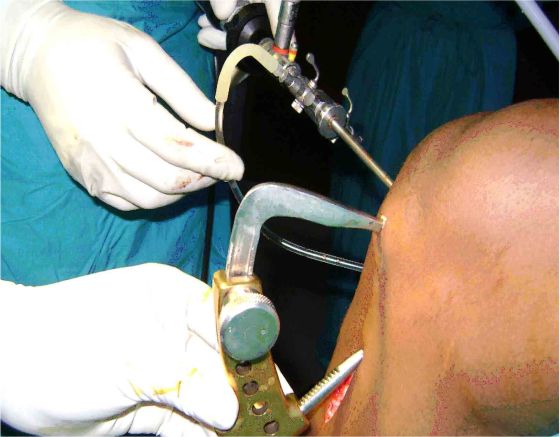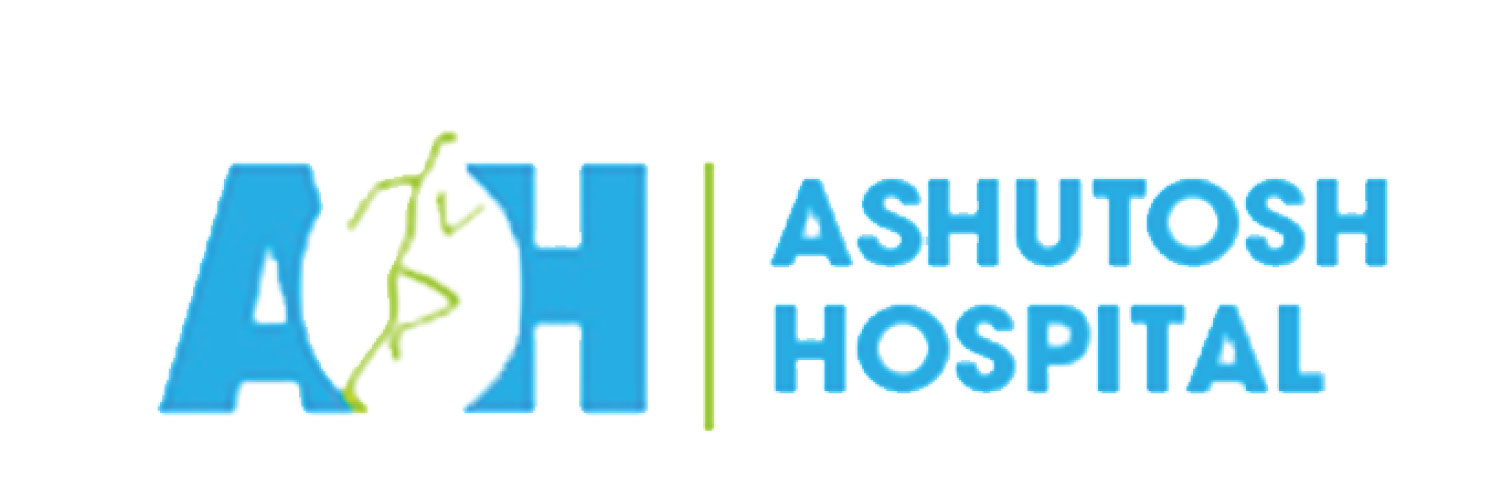Arthroscopy
Home > Arthroscopy

Arthroscopy or keyhole surgery entails the use of endoscopes to perform minimally invasive procedure on a joint. It is usually done to treat injuries to various structures inside the joint but can also be used as a diagnostic procedure.
The main advantages of arthroscopic surgery is our
- Reduces trauma and blood loss
- Faster recovery time
- Excellent cosmesis
The commonly performed arthroscopic surgeries are on the knee and shoulder joint. Occasionally they are also done for pathologies of the hip and ankle.
Knee Arthroscopy
The main indications for arthroscopic surgery in the knee are
- Ligament Reconstruction: ACL(anterior cruciate ligament) reconstruction is the most commonly performed surgery in the knee. Usually it happens due to injury during contact sports and in road traffic accidents. Patients usually exhibit instability in the knee while running or walking. Patient usually starts walking on the same day after the surgery and are discharged after 48 hours. With the advent of bioabsorbable implants no metal remains inside the body after a year.
- Meniscal injuries: Meniscal injuries are usually caused by trauma or because of osteoarthritis. They can often be associated with ACL injuries. Arthroscopic meniscal repair and partial meniscectomy are usually performed in such cases.
- Diagnostic arthroscopy as well as arthroscopic debridement are also performed regularly.
Shoulder Arthroscopy
Shoulder arthroscopy has advanced remarkably in the last 5 to 7 years. Most of the open surgeries for repair of Rotator cuff tears and instability are now performed arthroscopically. This has reduced the blood loss and improved functional outcome due to minimal tissue damage. Early recovery of muscle strength ensures desirable outcome especially for sportspersons.
- Rotator Cuff Repair: Rotator cuff tear are common in the elderly population and young athletes. It usually leads to painful moments of the shoulder and difficulty in certain overhead sporting activities. Diagnosis is established on an MRI. Patients usually get back to normal activities in a month and can resume all there sporting activities in about 3 months.
- Instability Surgeries : Shoulder instability usually happens due to recurrent shoulder dislocation or in sportspersons involved with throwing activities. Arthroscopic repair of the ligaments is a superspecialised procedure and ensures early functional rehab.
We perform approximately 80-100 knee and shoulder arthroscopies in a year.
